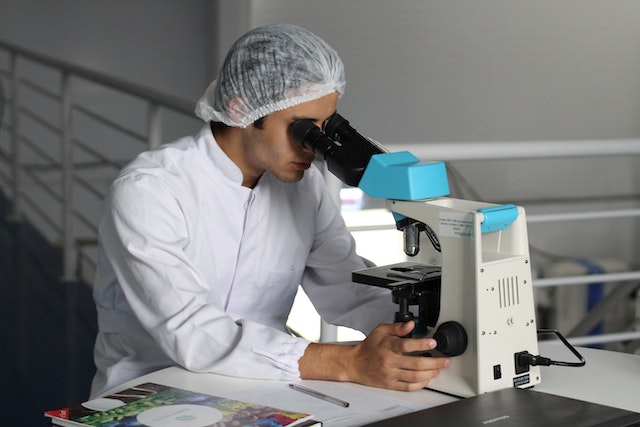
What causes Parkinson’s disease? It is caused by a loss of nerve cells in the basal ganglia part of the brain.
Parkinson’s disease is a disease that gets progressively worse with time. It is more common in men than women and it generally starts when people are over 60, although 10% of cases start when people are younger. It is a disease that affects the brain and the nervous system, so it also affects everything that the nervous system controls.
Parkinson’s disease causes tremors in the hands, arms, legs, jaw, and head. The tremors usually start on one side of the body and then spread to the other side. They are always worse on the side they started on than the side they spread to. These tremors are usually worse when the limb is relaxed and the person is not doing another task. The tremors can dissipate slightly when the person is concentrating on a specific task. Parkinson’s disease can make people move really slowly. This is called bradykinesia. It becomes very difficult to perform regular tasks. It can also make muscles stiff and cause cramps. Many of these problems also make it difficult to walk and sleep. It can affect balance and even swallowing. Parkinson’s can also cause constipation and a decrease in digestion. It can also make people constantly tired. Depression is very common among Parkinson’s sufferers.
Despite all of the things it does to the body, Parkinson’s disease isn’t fatal. With proper medication, Parkinson’s sufferers can live as long as non-sufferers. However, Parkinson’s does increase the risk that people will die of other causes. People with Parkinson’s have an increase likelihood of a fall because of the way the disease affects their muscles and balance. This can be fatal or produce fatal results. They are also at risk of aspiration pneumonia, which is caused when food gets stuck in the windpipe and causes an infection. This happens because they have trouble swallowing.
So, what causes Parkinson’s disease? Our body’s movements are controlled by an area of the basal ganglia called the substantia nigra. The neurons in this part of the brain produce dopamine that transmits signals to move different muscles. It is right in the middle of the brain, just above the brainstem. Parkinson’s disease kills the neurons in the substantia nigra, thereby preventing it from producing dopamine. Without lower amounts of dopamine, the brain can’t signal to the muscles needed for movement and movement becomes slow or jerky. The disease also kills the neurons that produce norepinephrine, Norepinephrine is important for regulating the production of dopamine in the brain. When the dopamine neurons start to die, the norepinephrine neurons signal the ones that are left over to start producing more dopamine to compensate. They do for a while, and then they start to die as well. After a while, the norepinephrine neurons start to die too. Scientists think the death of the norepinephrine neurons causes many of the symptoms, such as slow digestion and fatigue.
No one knows why Parkinson’s disease starts to kill the neurons. It just starts. There are no symptoms until between 50 and 80% of the dopamine neurons have died and then the tremors and all of the other symptoms suddenly start. There appears to be a number of neurons that the brain can function perfectly without then when that line is crossed it can no longer function.
Nobody knows what causes Parkinson’s disease. It can be shown to be genetic in some cases, but not in others. It could have environmental causes. Some experts think that pesticides and herbicides might be responsible. Other experts think that it could be traffic or industrial pollution. There is no way of knowing.
One thing that researchers are currently looking into is the presence of Lewy bodies. These are tiny clumps of protein that form in the nerve cells of the brain. They are clumped together and the body’s cells can’t break them down. These Lewy bodies have been found in the spinal fluid of people who later go on to develop Parkinson’s disease. Researchers don’t know why these Levy bodies appear in people with Parkinson’s, but they are pretty sure it must have something to do with the disease, so they are focusing on it at the moment.
Parkinson’s cannot be cured, but the symptoms can be alleviated with medicine that makes the brain produce dopamine. These only work as long as there are dopamine neurons left to produce dopamine. The disease gradually gets worse over time. This is what I learned today.
Photo by Pixabay: https://www.pexels.com/photo/adult-biology-chemical-chemist-356040/
Sources
https://www.sciencedaily.com/releases/2007/08/070813171117.htm
https://www.nia.nih.gov/health/parkinsons-disease
https://www.mayoclinic.org/diseases-conditions/parkinsons-disease/symptoms-causes/syc-20376055
https://my.clevelandclinic.org/health/body/23010-substantia-nigra-sn
https://www.nhs.uk/conditions/parkinsons-disease/treatment/
